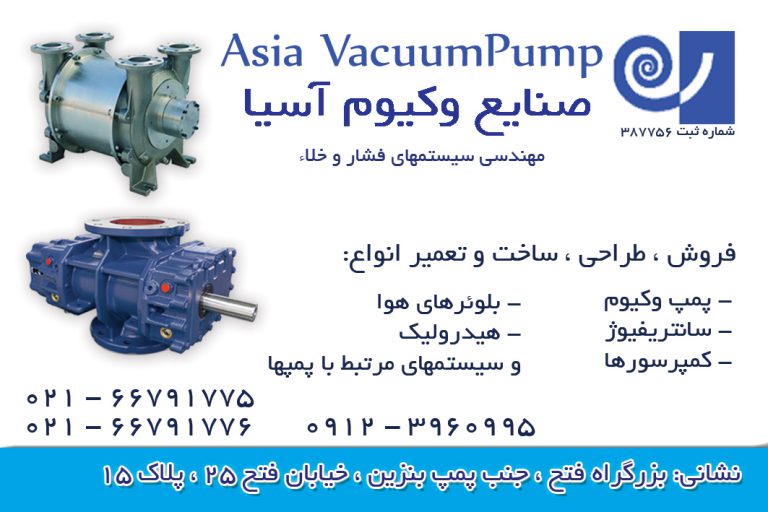Do leaf blowers work on wet leaves?
Yes, leaf blowers can work on wet leaves, but they are less effective than with dry leaves. Wet leaves are heavier and stickier, requiring more power and potentially making the task more time-consuming. A higher CFM (cubic feet per minute) and MPH (miles per hour) rating on the leaf blower can help with wet leaves, but may not always be sufficient, according to Champion Power Equipment. In some cases, raking or waiting for the leaves to dry may be a better option.
- Dry leaves are easier:
Leaf blowers are designed to move dry leaves by lifting them with air and blowing them away.
- Wet leaves are heavier:
When wet, leaves become heavier and stick together, making them harder to lift and move with a leaf blower’s airflow.
- More power needed:
Moving wet leaves requires a more powerful blower, typically with a higher CFM (cubic feet per minute) and MPH (miles per hour) rating, according to Champion Power Equipment.
- Clogging:
Wet leaves can clog the blower or its collection bag if it’s a blower-vacuum model.
- Use a rake:
If the leaves are very wet and stuck together, raking them into piles first can make the job easier for the blower.
- Start at the edges:
When blowing wet leaves, start at the edges of the pile and work your way in gradually.
- Use short, powerful bursts:
Instead of a constant airflow, use short, powerful bursts of air to dislodge the leaves.
- Consider drying time:
If possible, allow the leaves to dry before blowing them.
- Choose the right blower:Ensure your blower has sufficient power for wet leaves, and consider using a model with a speed control button for better control, recommends BISON.
How long should a leaf blower last?
Do leaf blowers work on wet leaves?
What is a good speed for a leaf blower?
What is a blower in slang terms?
How long should a leaf blower last?
Do leaf blowers work on wet leaves?










